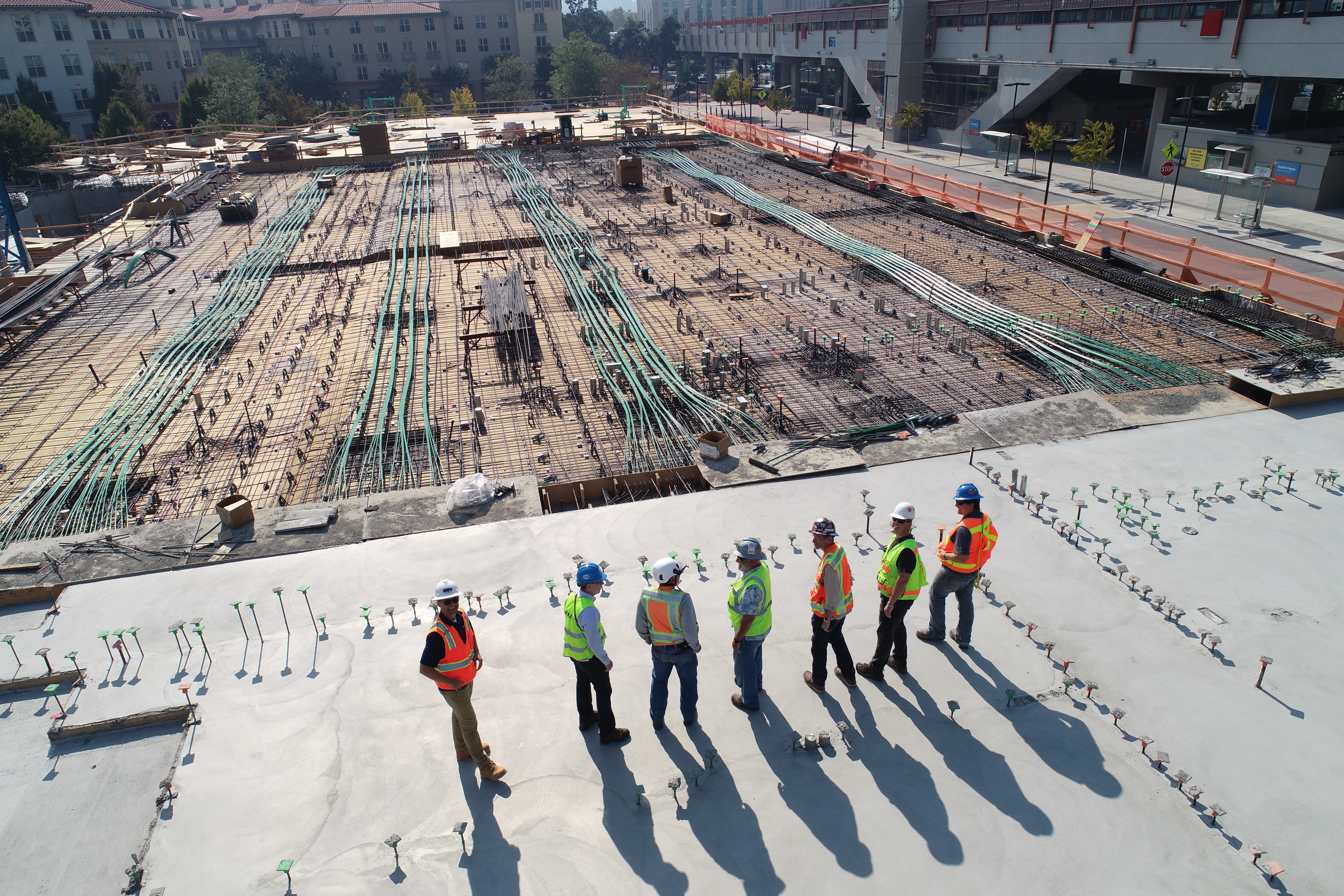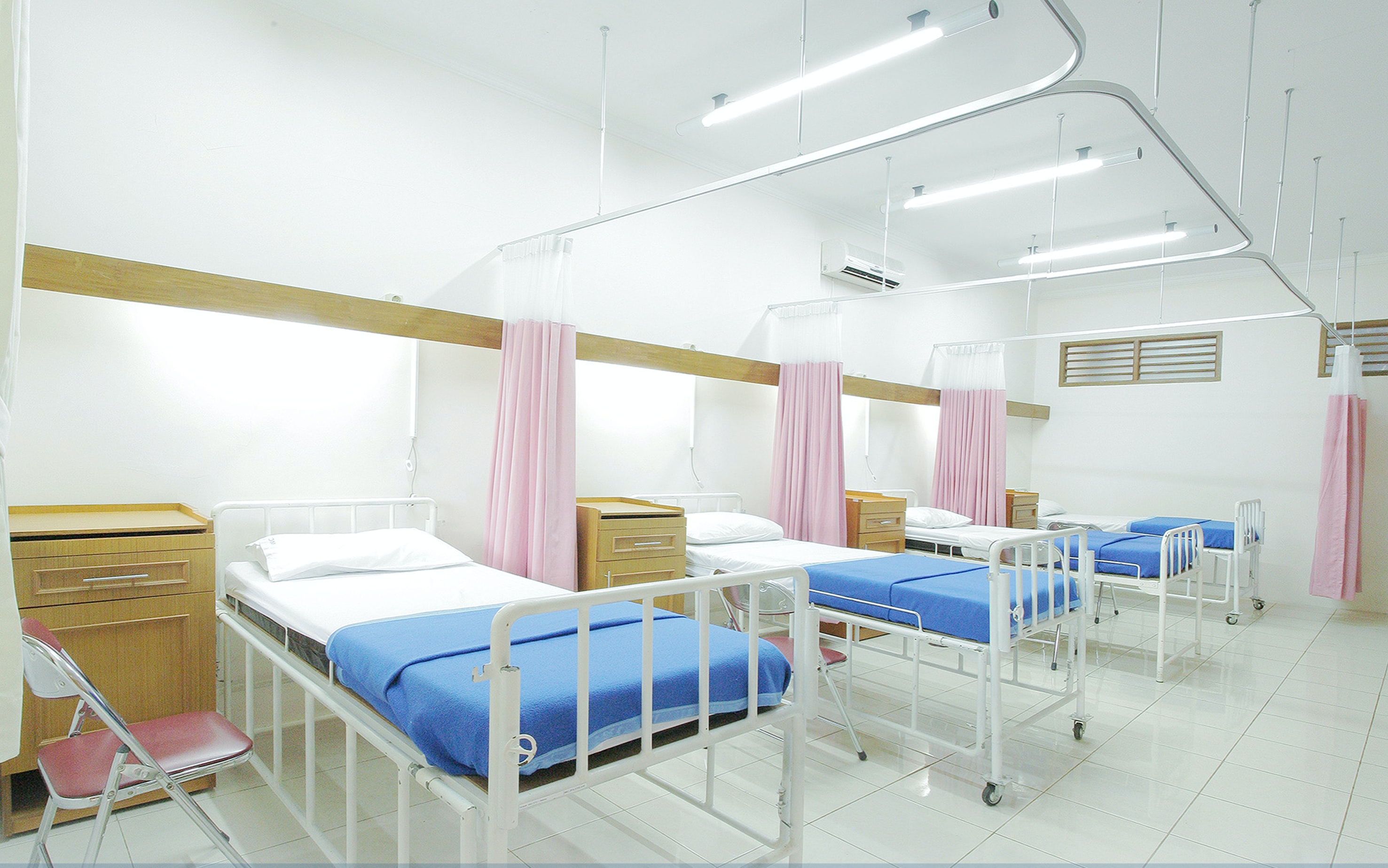.jpg?width=6016&name=ej-yao-D46mXLsQRJw-unsplash%20(2).jpg)
Picture a traditional build that we all know well - site preparation, laying the foundations, building a structure, constructing the walls, roof, building internal and external fixtures, drainage, the list goes on. As our world modernises, so do various industry sectors, although some may argue that the construction industry is one that is reluctant to do so. So what is holding the industry back? Is it a fear of change or an “if it’s not broken, don’t fix it” viewpoint? Whatever the reason, if new ideas and alternative ways of working are considered, we could see projects become more productive as a result and the industry thrive overall.
Offsite construction is one such controversial new means of building that is rapidly gaining pace, but what does this mean exactly? Offsite construction can also be known as ‘prefabrication’ - literally the manufacturing of a building or piece of furniture in sections within a factory setting to allow for quick and easy installation on-site later. It’s new, innovative and goes against the traditional method of construction. If you describe the above definition of what offsite construction is, it’s understandable that it may receive some negative feedback. Mistakenly, these modular builds are presumed to be low quality, low budget and identical in design. But this isn’t really the case. During 2020 in particular, there have been some highly utilised and urgently required projects built by offsite construction methods, for example, UK hospital builds and expansions due to the pandemic. This just goes to show one major advantage of offsite construction - buildings can be erected in less time and to a high standard. Keep reading to fully understand the list of benefits that come with offsite construction.

1. Building is completed more quickly
We’ve already briefly mentioned the time-saving benefit of offsite builds compared to traditional construction methods. Why? Because the work environment is carefully monitored to increase efficiencies, using indoor factory machinery to speed up the build. The environment is more confined, so site management is easier with the implementation of lean manufacturing. With this comes less health and safety risks as the factory site is carefully managed with less physical labour needed, so less employee handling of materials and machinery.
2. Reduced cost
Not only is the working environment more controlled internally, but inevitable external factors won’t be a problem for the build either. Being within a factory site, the weather will not affect the productivity of the project, unlike on traditional building sites. This will save any costs for damage that instead can be invested in the building to improve its overall quality.
3. High quality builds
Forget the myth that offsite construction builds are low quality, low budget projects. They are in fact made in an environment that allows careful quality checks with minimal flaws. The factory setting also allows for easy redesign mid-build, making the whole process even more efficient. As mentioned, due to saving costs elsewhere, the project may allow for investing in high-quality extras to ensure a high standard overall. Offsite projects can benefit from using high-quality, fully finished materials for a convenient, consistent finish. SAM Zero fully finished MDF mouldings are ideal for an industry such as this; there is no need to sand or paint, instead all that is required is a quick application of adhesive to stick in place.
4. Better for the environment
When compared to traditional construction, offsite is considerably better for the environment. There is less wastage, with the factory site setting allowing for recycling of materials to use elsewhere. This also means there is less noise pollution so less disruption within communities, improved health and safety for employees and reduced traffic from less deliveries to and from the site.

5. Modular builds assist in times of crisis
You may wonder why over time, more and more companies are opting for offsite construction methods. Now more than ever, society can benefit from these speedy and efficient builds, especially when housing is low and urgently required. Another example is apparent this year: 2020’s pandemic has seen hospitals overloaded with patients and not enough facilities to care for them. Across the UK and overseas, offsite methods have been used to build and extend hospitals quickly and efficiently, Nightingale Hospital Exeter to name one, benefiting the community. In the current climate, projects such as these are continuing to gain pace.
6. Offsite uses new technology
There’s no doubt that technology is constantly developing and improving at a high speed, something that many industries are using to their advantage, with the construction industry being no exception. Offsite construction uses new technology to improve efficiencies – manufacturing simulation, for example, can be used to speed up the decision-making process and lower costs. Technology also allows for virtual assembly, improving collaboration. Why not embrace the advancing world we live in where anything is now becoming possible by using technology?
It may be a controversial method of construction and something that is met with suspicion by those who prefer traditional means of building. However, incorporating offsite construction into your company now in preparation for moving forward may benefit your company’s future. It may be a good idea to widen your offering by doing so and meet the inevitable demand that will soon follow.

